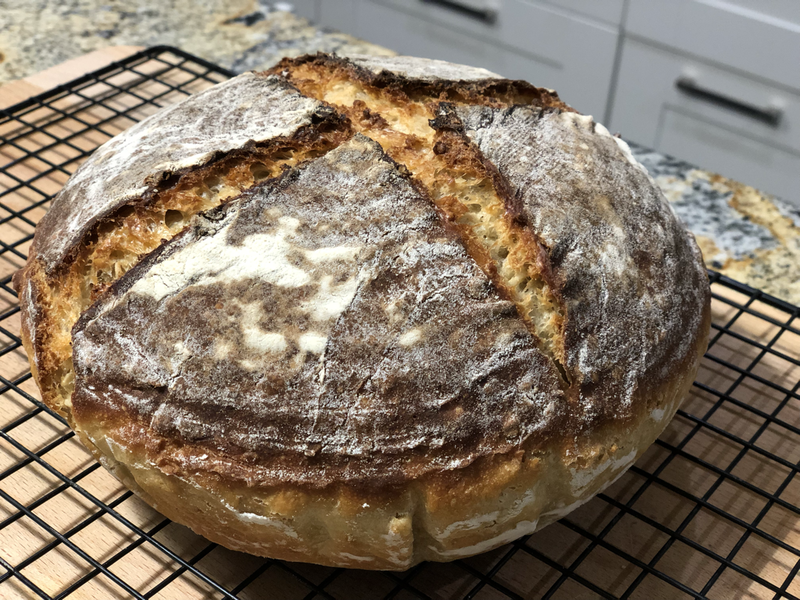- Home
- Newsletters
- Services
-
Inspirational Features
- The Marcus Family: Equipped with Life Skills Founded in Faith
- A Match Made in Heaven: Revealing the Romantic Heart of God
- The Speirs: A Testimony of God's Redemptive Love
- The Cunanans: Frontliners in the Headlines
- St. Aloysius Gonzaga: The Frontliner of 1590
- From desire to design to destiny: an author’s journey
- Featured Author
- The Power of a Husband-Wife Teamwork
- How Blessings Often Come in Disguised Packages
- Kristin at the Irving Farmer's Market
- St. Patrick's Sunday Refugee Ourreach
- Culinary Medicine
-
Guests Posts
- Transform Your Business Processes for Optimal Performance
- Become a Freelance Writer: 8 Tips for Students and Recent Graduates
- Budget-Friendly Modifications for Your Home Office
- Six Steps to Starting a Startup Successfully
- How to Find Time for Self-Care
- Branding Know-How for the Enterpreneur
- How to conquer web-based projects and uplevel your business
- 5 Proven Ways of Acquiring More Referrals for Your Small Business
- Mental Health
- Making a Comeback
- BLOGS
- Support the Inspired Team
- Fundraisers
|
I put the least amount of work in this bread. No knead. No stretch & fold (S&F). Just the ingredient of TIME, allowing the natural yeasts and bacteria of the starter, which I got from Anne Beckham Gowens, to work. * Autolyze (flour, water, levain) for 3 hours. * Mixed the rest of my ingredients (oats, extra virgin olive oil, maple syrup, salt) and put on cold retard (refrigeration) for 21 hours * Formed to a boulle and proofed for 6hours in a proofing basket. * Baked at 450F x 30 min with steam then 10 min at 400F without steam. Sourdough lingo from this blog for the newbies:
Sourdough starter - this is your fermented flour and water which has all the good bacteria and yeast from the environment. You can make one, obtain from a friend or bakery, or ask me. I can mail one to you and just pay for postage. Levain - This is your sourdough starter that you’ve fed and ready to add as an ingredient to your recipe. This substitutes for the commercial yeast you normally put in your bread. It has the natural yeasts and good bacteria from the environment. Autolyze - This happens when you mix your ingredients of flour, water, and levain and leave it for at least 30 minutes to a couple of hours to allow the levain to work on the dough. Instead of you kneading your bread to form a good matrix in your dough, you allow the levain to do the work. You don’t add salt at this point because it will slow down the process. Cold Retard - This is when you put your dough, with all your additional ingredients of salt, sweetener (I prefer natural ones like honey and maple syrup), etc. in the refrigerator to slow down the process of fermentation if you don’t want to bake the bread immediately. I have done 6 days of cold retard and the bread was good! S&F - the process of stretching and folding the dough instead of the usual kneading. This is done by pulling the dough from one end and folding it to itself. You repeat the process from all four sides. It’s less messy because you use the same container to do the work. Steam - put a pan at the bottom of the oven and pour water to steam the dough while baking. Spray water inside the oven when you put your bread in to bake for added steam. You can also use a Dutch oven with cover and this steams the bread from within. I found the water on the pan more reliable in producing oven spring. Oven spring - when the dough rises further to its full size while baking in the oven. Factors that can make a good spring are: ripeness of your levain (make sure it floats on the water before using it for your dough), added steam in your oven, hydration of the dough (wet dough on a flat container will produce a flat bread), proofing (overproofing dampen your spring).
0 Comments
Leave a Reply. |




 RSS Feed
RSS Feed